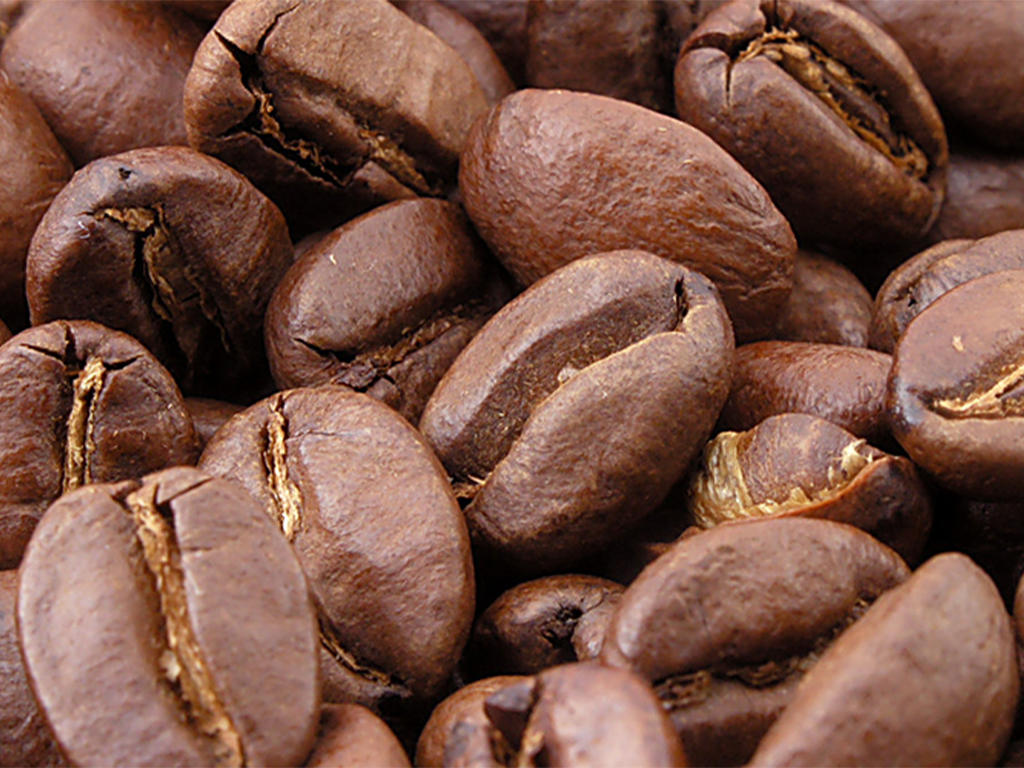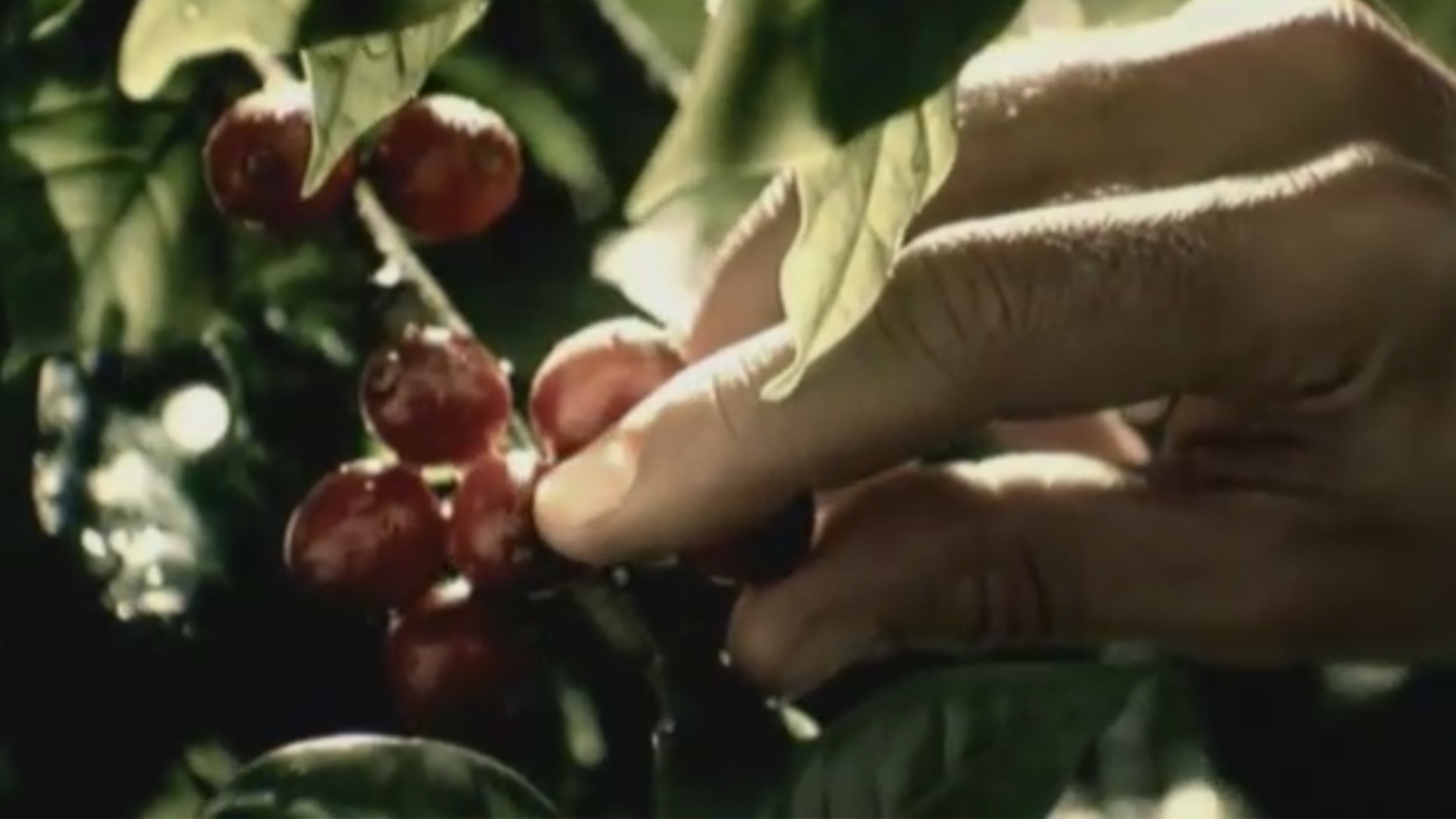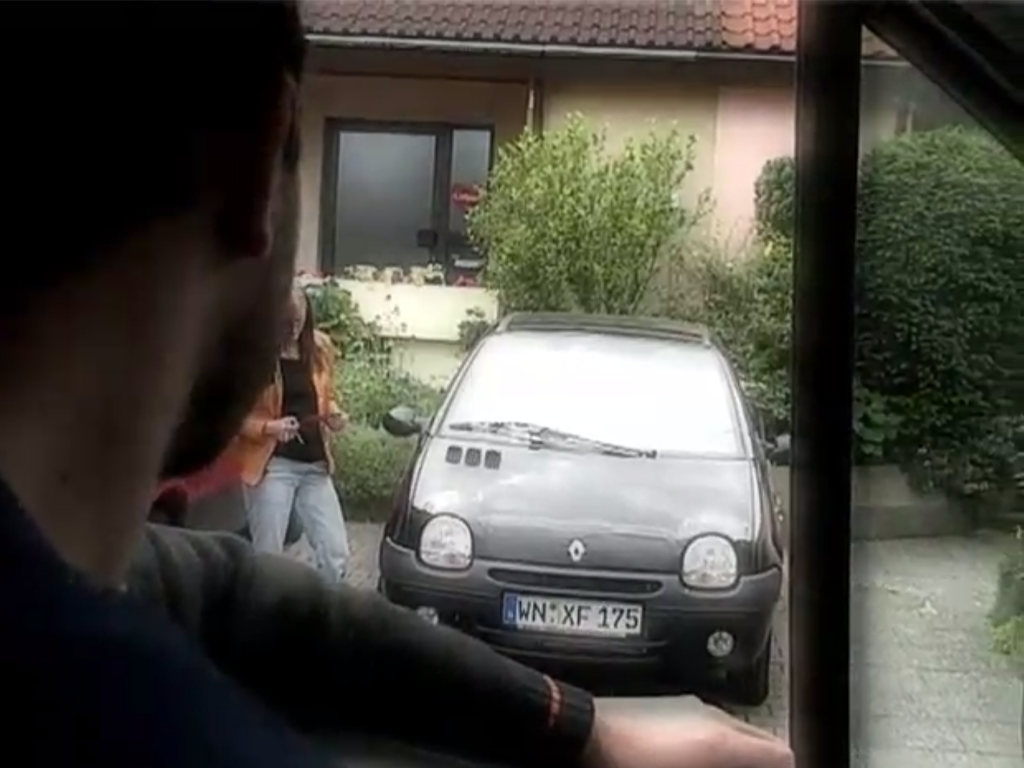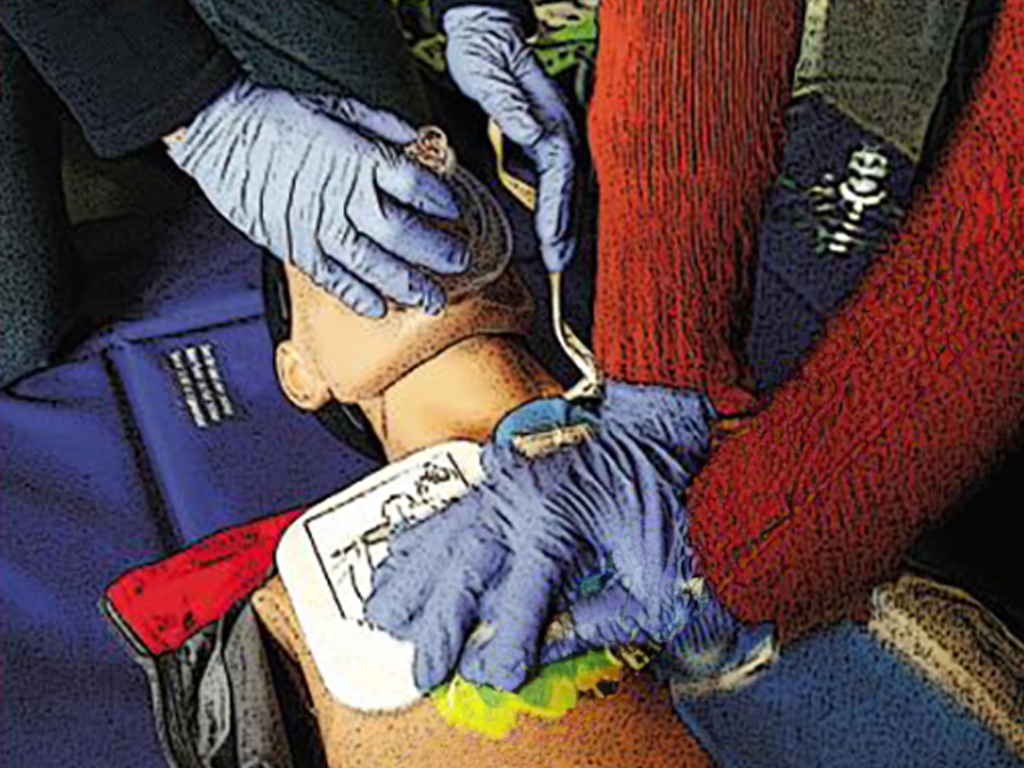 Geography
Geography

4656524 / 5551288
Coffee
A Cultivated Plant
Coffee has become the second most important commodity on the world market after crude oil, and it enjoys tremendous popularity around the globe. Allegedly, it happened by chance that the stimulating effect of the cherry-like fruit was discovered in the Ethiopian province of Kaffa. The deep brown, aromatic drink embarked on a global journey of success. From the middle of the 17th century, it also became widespread in Europe, even though it was a treat that was initially reserved for the prosperous. Today, however, it is a part of everyday life for many people. The DVD starts with the history of the spreading of coffee cultivation and continues to describe in detail the biological characteristics of the coffee shrub. Another chapter outlines the conditions for growth and introduces the most important coffee-producing regions. The long, laborious journey from the harvest of the ripe coffee cherry to the prepared cup is illustrated. The economically weakest link in this chain are the coffee farmers. There are several organisations acting on a worldwide scale that try to realise adequate prices for the coffee farmers and promote incentives for development by means of fair trade.s is described.
Play trailer
Curriculum-centred and oriented towards educational standards
Matching
Stalking
n Germany, 12 % of all federal citizens are pursued by a stalker once in their lives. And not only celebrities are among their victims! Everyone may be confronted with such a situation.
Resuscitation
It can happen to anyone – of any age, in any place, at any time. Sudden cardiac arrest may quickly prove fatal. Immediate action is called for! Just remember: Check Call Press Anyone can do it. You can't do anything wrong!
Blogging
The weblog or blog, for short, as a medium is not much older than this century. Blogs came into being in the World Wide Web as ’messages from below’, as web pages from web creators who wanted to share their view of the world with the world. They are short notes, long texts, pictures, videos, which are posted loosely and at random intervals to the world for an undefined public.









